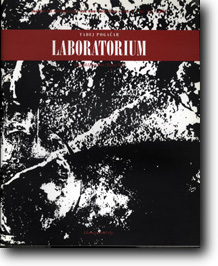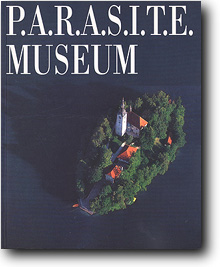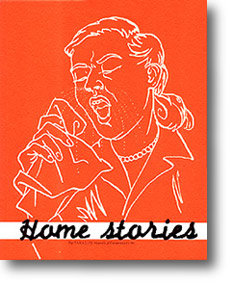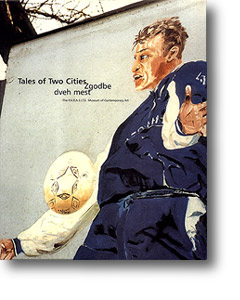|
.
Journal for Anthropology and New Parasitism is the official publication
of the P.A.R.A.S.I.T.E. Museum. Interpreting contemporary art in its widest
sense, the Journal reflects new perspectives in diverse areas such as
sociology, anthropology, history, incorporating conceptual and philosophical
aspects.
 |
Art of History - Through the Body
"... We could say two conceptions of the body are here confronted:
the body as a projection screen for ideological constructions and
manipulations (socialistic realism), and the body as a place of
intimacy and privacy opposed to the public sphere, in which the
individual finds refuge from ideological relations and human relationships.
This opposition mirrors the ambiguity and is a kind of tragedy of
the times in which it originated, while the museum is a form which
gives the exhibits an appearance of being commonly accepted and
normative interpretations of the past."
|
Laboratorium
Let us make some statements about the constitution of the firm
reality of Laboratorium. In what way is the well known "firm
reality" constituted in everyday life? How does it inscribe itself
into actual time and space? The even X only becomes real with respect
to its retroactive inscription (registation) into the symbolic network.
It is precisely this logic of historisation / symbolisation that
presents itself in the Laboratorium project...
|
 |
 |
Kings of the Street
Edited by Pamura Umetessi
"Kings of the Street" is a public art project which turns our
attention to city center marginals: homeless. Its complex, but open
pattern offers a new model of connection and direct communication.
It could hardly be said that the strategy of the P.A.R.A.S.I.T.E.
Musem is directed precisely toward social commentary, messages or
the description of "the actual state of things", rather it is an
example of using artistic means to override the dominant strategies
and discourses of power.
|
Monograph
Born in Ljubljana, Slovenia, in 1960 Tadej Pogacar was on of the first
artist to use different bodies and a museum as a viable artistic medium.
As early as 1960, he was fascinated by the manner in which a visual
image could be broken down and manipulated into verticals and horizontals.
His realization of the limitless potential that lay within the average
collection combined with his sense of what he could do to develop
that potential has proved to be quite prophetic. He has since been
heralded as the father of new parasite art, influencing a younger
generation of artists.
|
 |
 |
P.A.R.A.S.I.T.E. Museum Collection
This collection of original artworks charts a new history of politicised
live art in Slovenia, focusing on a decade of work by prominent
Slovene based artists, exploring contemporary notions of diversity
and difference. Challenging cultural norms, their work embraces
a range of practices from installation to visual art.
|
|
Home Stories
Series of observation made in years 1998 and 1999 on the streets
and private appartments in Ljubljana, Cologne and Berlin. New parasitism
as a new radical research practice with its own language and its
own operational strategy. Descreet intervention in the private apartment
and much more. Stories about culture, consumption and war - with
the soft taste (ugggghh)of ketchup!
|

|
|

|
Tales of Two Cities 
The two cities are a paradigm case of randomly chosen cities. The
researcher of a town is an exiled forigner, just like an explorer
of far-away, alien cultures is a forigner. PMCA is turning into
an obsevation machine: we have before us a complex project dealing
with selected urban territories, their connections and interrelations,
in short the topography and the ecology of everyday life.
|
|







